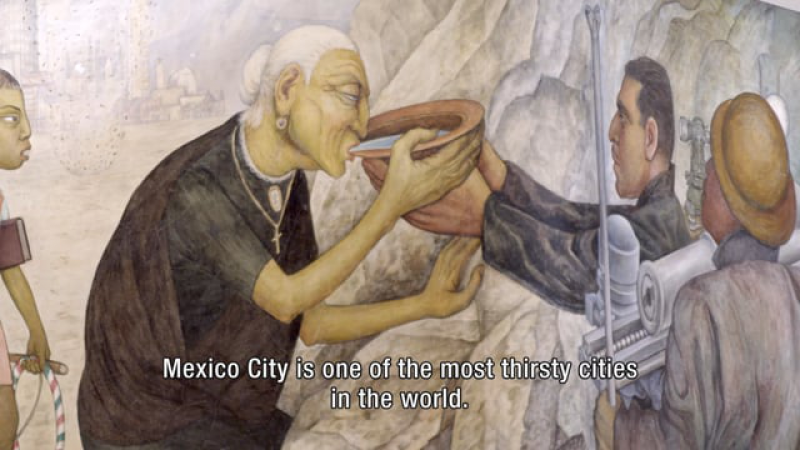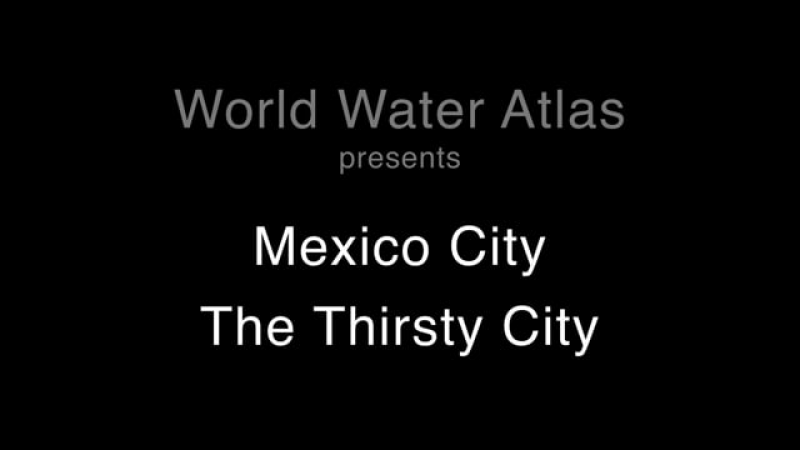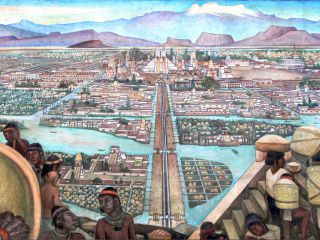What was once one of the most extraordinary and balanced water cities in the world, Tenochtitlan, the capital of the Aztec empire, is now Mexico City, a metropolis where 20 million people have enormous water problems. [...]

02:52 -- English subtitles
produced by iabr/UP and Doxy for the World Water Atlas
In 2018, creative producers George Brugmans (iabr/UP) and Hans de Wolf (Doxy) presented Mexico City: The Thirsty City, a film directed by Alexander Oey and commissioned by the World Water Atlas.
Watch the complete film here:

18:33 -- English subtitles
produced by iabr/UP and Doxy for the World Water Atlas
Tenochtitlan was located on a small island in a valley full of lakes. Since the arrival of the Spanish conquerors, the city has grown step by step without proper water management while the drainage of the lakes has continued unceasingly.

Tenochtitlan, capital of the Aztec empire
How can the city learn to live with water again?
The World Water Atlas is an initiative of the Dutch Special Envoy for Water Affairs, Henk Ovink, the founding partners are the Netherlands Ministry of Infrastructure and Water Management, Deltares, the Netherlands Environmental Assessment Agency (PBL) and IABR.
Click here for a version with Spanish subtitles